|
16 days from today.
January 1st marks one year since our daughter, Emily's died due to complications from her heart transplant. As a creative person I knew that I would express my feelings thru art. So far I haven't been able to use Emily's clothing in a project. I haven't been able to draw, sew, knit, weave, or mend my feelings. I have written about our loss and how I have seen my craftivism voice Emily's views, but that's it -- until today. I bought a huge king sized sheet at Choices Thrift Store in Bancroft, Ontario in the summer. I've been cutting pieces from it as needed. Experimenting with natural dying and rusting the fabric. This is last of the sheet. I rusted a long thin piece of it without knowing how it will be used. For several weeks I've been letting an idea brew in my head. The idea is to quilt 3 golden lines (Gary, Evan, myself) and a 4th line (Emily) would be golden Sashiko method sewing. Today, I looked at the rusted fabric -- it's golden! So I laid the sheet on the floor, cut the rusted fabric into 4 pieces. From right to left -- Gary, my husband, Me, Emily, and our son, Evan. I guess I am ready to express myself creatively. Stay in touch to see how this works out. Thanks for listening. XOXO #SmallBatch #ZeroWaste #ZeroWasteArtist #Alchemy #Alchemist #ImprovQuilts #CraftivismCanada #VisibleMending #SmallBatchDye #SmallBatchDying #QuiltCraftivism #Quilt #Quilting #IntuitiveQuilt #IntuitiveArt #AbstractQuilt #AbstractArt #Sewing #Sew #EthicalFashion #EthicalArt #ImprovArt #Mending #ImprovQuilt #Craftivist #Craftivism #ArtActivist #ArtActivism #FastFashionRebellion #FastFashionRebel I can't believe we are still dealing with this sh*t!
Recently I received an email from a man challenging my information. When I emailed him back with proof he started bullying me for supporting my information. If I were a man he would have never responded the way he did. He would have never challenged the information I first sent him. "Ignore him." I was told. That would have worked for me in the 1970s and even the 1980s, but not now. When Emily died I was left the only female in our home. I feel it. I feel the lack of feminine energy in our home. My husband and son are feminists. I am equal in everyway in our home. I feel it. The men who know me treat me well. Men have come a long way -- but it's clearly not enough men have been paying attention. What have you noticed? Have you ever thought, 'If I were a man I wouldn't have been treated this way."? In 2010 I stumbled across CreativeLive, an online teaching platform for creatives. Their model is offering free LIVE online classes and workshops and sell the recordings afterwards. Subjects range from photography, to entrepreneurship, to arts, design, and makers. It was awesome! During the free live classes I participated in the chat room and made new creative friends that I'm still in touch with.
As I took one class after another, I thought, 'Online classes are the future, I need to join this magical industry.' In 1998 I started teaching fitness classes. During a workshop for fitness instructors, my boss mentioned that she had to find a fitness instructor to teach children's classes. My daughter, Emily, was 4.5 years old and starting kindergarten September 1998. By her December 5th birthday that year, I was teaching children's fitness classes during Emily's school hours. This lead to teaching children's art classes. Teaching fitness to adults a couple of evenings a week and teaching children's art and kindergym classes while Emily was in school worked out perfectly. By 2010 when I found CreativeLive I was ready to move some of my adult in-person classes ONLINE! During a CreativeLive class an instructor mentioned that she taught on Skillshare and she sent everyone a link to a free Skillshare trial. I joined Skillshare as a student and learned how to turn a few of my art classes to online art classes. I re-branded a couple of times as my teaching evolved from teaching art to teaching art business and social media marketing. I spent several years on Skillshare, but it wasn't generating the full-time income that I wanted. So I started looking for other ways to earn income doing things that I liked doing. Around that time I read that China's middle class was growing quickly. I said to my husband, "What I need to do is figure out what Chinese middle class families want to buy and sell them that!" I was also looking to continue working from home so that I could continue being available for my kids. My research took me to teaching online English classes to students in China. I had the credentials, experience, and enthusiasm to teach online ESL classes. In retrospect I realized that I was able to recognize earning trends. I also got into new venture trends at the perfect times, long before industry saturation. My job or career criteria remained the same; flexible hours, excellent pay, and above all -- it had to be joyful. Building online classes generated passive income -- courses I made in 2014 still pay monthly royalties -- not a huge amount, but enough to buy two beehives, eleven chickens, and four bunnies for my homestead this year. My ESL work was more structured with defined schedules, but I set the hours that I wanted to work. When the pandemic hit all of my in-person classes were cancelled, postponed, or adjusted to online courses. The art business courses that I created were busier than ever before leading to new contracts with art councils, galleries, and colleges. As the pandemic appeared to have reached it's climax, people started to see the other side of lockdown. They are prioritizing post-pandemic life to include fulfilling their Bucket List. Right around the time I looked into my crystal ball of what will trend post-pandemic. The Chinese government stopped foreign teachers from teaching online to young students in China. I wanted to replace my lost ESL time and income with a post-pandemic Bucket List item. TRAVEL. Although we are early in post-pandemic vacation planning, I decided to dust off my TICO certificate (to sell travel in Ontario, Canada one must be TICO certified -- which I am -- saving that information for another blog.) I enrolled in several courses to update my travel industry knowledge and joined a well respected travel company. The next trend is travel. Not any travel -- unique travel that blends personal interests with scenic and beautiful destinations. Bucket List travel like hiking around Machu Picchu, knitting on Scotland's Fair Isle, or making a Faroese shawl on Faroe Island, visiting places from favourite novels, learning to weave in Peru, yurt building in Mongolia, painting on the Left Bank, taking a sculpting lesson in Florence, Italy, the birth place of Michelangelo. That is the next trend. So tell me -- what is your Bucket List dream vacation and activity? CRAFTIVISM MANIFESTO
A craftivist is anyone who uses their craft to help the greater good. Your craft is your voice. Craftivism is about raising consciousness, creating a better world stitch by stitch, and things made by hand, by a person. It's also about sharing ideas with others in a way that is welcoming, not dividing, and celebrating traditional skills in new ways. As well as remembering and respecting the makers that came before us, adding to the dialogue and leaving something for the next generations of craftivists. Craftivism is about creating wider conversations about uncomfortable social issues. A craftivist is anyone who uses their craft to help the greater good or in resistance to a greater societal ill. A single individual crafting can make a difference. Or they can craft together and benefit from the fellowship of other crafters. Craftivists open minds and hearts. It's about connecting through and with craft and creating a more compassionate community. Craftivists are makers, hackers, menders and modifiers of material things. My craftivism can be different from your craftivism and that's okay. Craftivism encourages people to challenge injustice and find creative solutions to conflict. Craftivism does not expect you to come with skills but with willingness. Craft is often seen as a benign, passive and (predominantly female) domestic pastime. By taking these stereotypes and subverting them, craftivists are making craft a useful tool of peaceful, proactive and political protest. Craftivism is a way to make big issues tangible, so that we can build a better world together. Craftivism is about reclaiming the slow process of creating by hand, with thought, with purpose and with love. Because activism, whether through craft or any other means, is done by individuals, not machines. Craftivism is a tool to instantly create a small part of the warmer, friendlier and more colorful world we hope to see in the future. This manifesto was written by Mary Callahan Baumstark, Ele Carpenter, Joanna Davies, Tamara Goo derham, Betsy Greer, Bridget Harvey, Rebecca Marsh, Manna Marvel, Ari Miller, Iris Nectar, Abi Niel sen, Elin Poppelin and Cat Varvis. Craftivism Project #FastFashionRebellion #FastFashionRebel #SlowFashionMovement #CraftivismCanada #VisibleMending Fast fashion refers to low-priced clothing made overseas using substandard materials intended to make consumers buy frequently. Essentially, disposable clothing. It's hard to resist that $5 t-shirt -- especially while living on a budget. The problem is that the billion dollar fashion industry misleads us about the true cost of that $5 t-shirt. The negative impact on our ecosystem has already caught up to us by polluting water, air, and soil. Synthetic materials are by-products of petroleum and are non-biodegradable. Synthetic products take a long time to decompose, creating long-term pollution + accumulate in landfills. Natural fibers, like cotton, are grown using pesticides harming pollinating insects. Fast fashion displaces animals by over-using + polluting their water + food sources. Overseas manufacturers employ mostly women who pay the price by working in poor working conditions at subpar wages. The fast fashion industry literally killed people in 2013 with the collapse of the Dhaka Garment Factory. 1,134 people lost their lives. What can you do?
Year One beekeepers (me) are encouraged to inspect hives more frequently than Year Two onwards to gain experience. I took a beekeeping course in 2018 + have been studying beekeeping ever since. I'm grateful for academic knowledge but nothing compares to getting right in there + doing the work.
My inspection plan is simple; check hives for health + growth about once a week -- during good weather -- anytime between 10am-ish to 4pm-ish -- when the forager bees are out, OR when my intuition says to check them. Every inspection reveals a wealth of information. Yesterday, I inspected HIVE 1. It appears to be the weaker of the two hives. So I moved empty frames in place of full frames in two spots to see if that draws the bees to fill empty frames. Each box has 10 frames. I started a couple of weeks ago with two nucs -- a nuc is 4 to 5 frames with everything needed to start a bee hive. The nucs I purchased each have five frames filled with honey bee workers, drones + a queen, a full frame of capped honey + brood in other frames. Brood are the bees -- the cycle -- the queens lays over 1000 eggs a day in cells. The younger worker bees care for the eggs, feed + nurture them + help them at birth in a few days. During an inspection I look for brood growth. I started with five full frames -- now there are over six full frames in each of the two separate hives. Growth. New beekeepers are encouraged to start with two hives instead of one. If one hive is weak the second stronger hive can support the weaker one by donating a strong frame. Makes sense. I can see how my two hives differ already. Today I inspected HIVE 2. More experienced beekeepers online were telling me to remove the second box on my hives. The second box is where the bees store honey. When the brood box is full, the second box is their honey stores. They can use the honey stores to feed new baby bees, drones, themselves, the queen + for the winter. Any boxes added on top of the second box is supposed to be my honey, but for this first year I don't plan to take more than a jar or two of honey for myself. The online beekeepers suggested to wait until the brood boxes are 80% full before adding the second box. So today's HIVE 2 inspection was to include the removal of the second box. And I wanted to add sticky paper to the screened bottom board to see if the hive has varroa mites. When I was done I started to second guess myself. HIVE 2 had a lot of full frames. Why did I remove the second box? They will need more space very soon. If anything I should left the second box on HIVE 2 + remove it from HIVE 1, the weaker hive. I took a break to think. Online beekeeping advise is much appreciated + helpful -- but my intuition said that the second box is necessary. So back I went. This time I managed to do a lot of heavy lifting work to rearrange the cinder blocks for better ratchet tie down security, tilted the back of the boxes up a bit for water drainage during rain storms + took a peek in HIVE 1 to see that moving the empty frames did indeed make the hive stronger. Lesson: Trust my instincts. I managed to piss off about 30,000 honey bees with all the moving around, but it's done now. No stings yet. Two cinder blocks aren't in the best shape so they will need replacing before going into winter. Life metaphors of raising honey bees is becoming more apparent with every hive inspection + might even be an inspirational book one day -- especially the similarities of beekeeping + my daughter Emily's life + death. So far, so good. I am honored to call myself a beekeeper. I am grateful for this opportunity. Live your dreams -- |
AuthorSandra@SandraClarke.ca Archives
September 2022
Categories
All
Categories
All
|
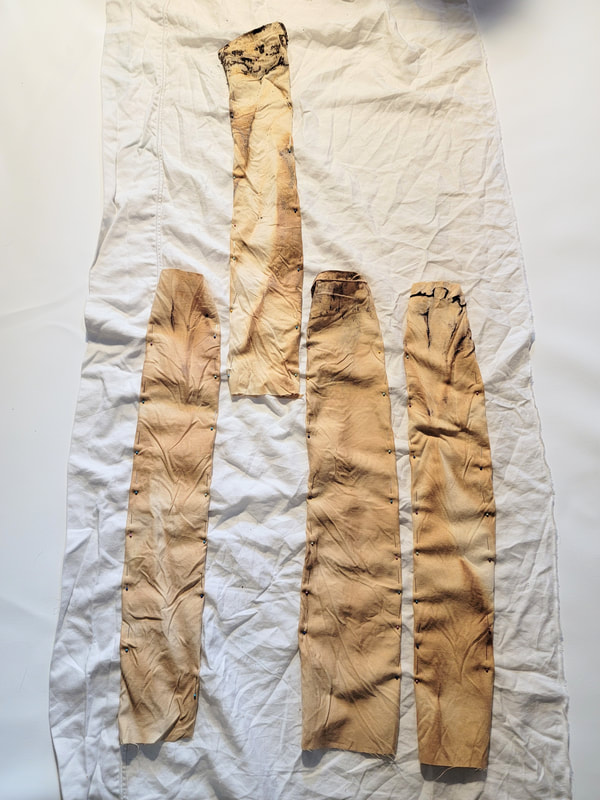
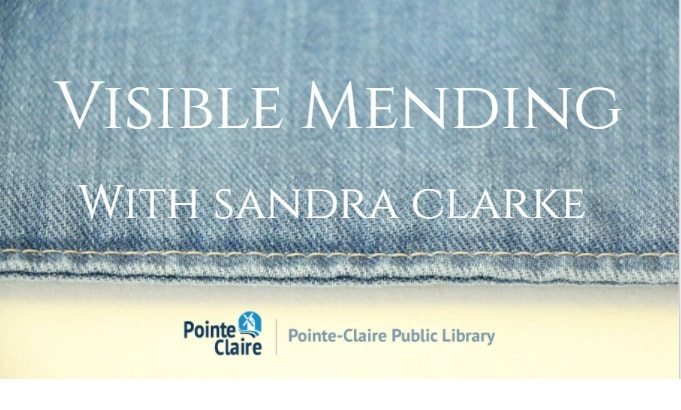
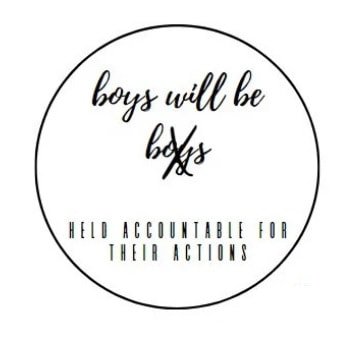

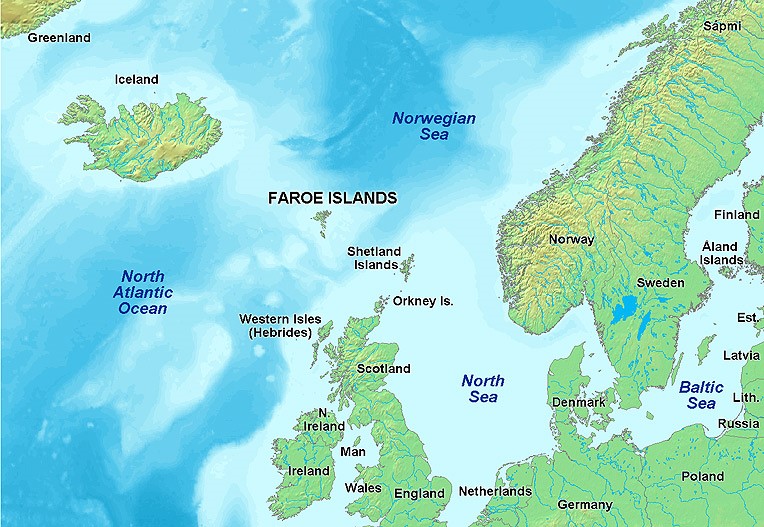
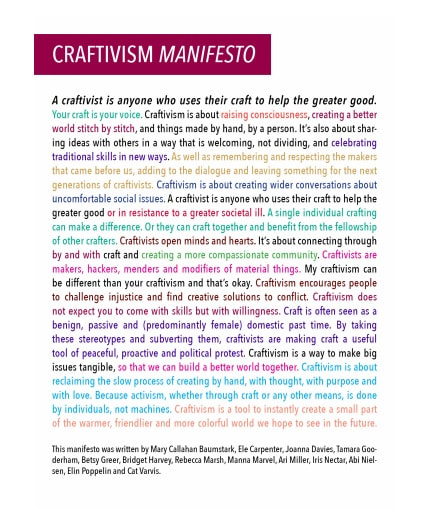
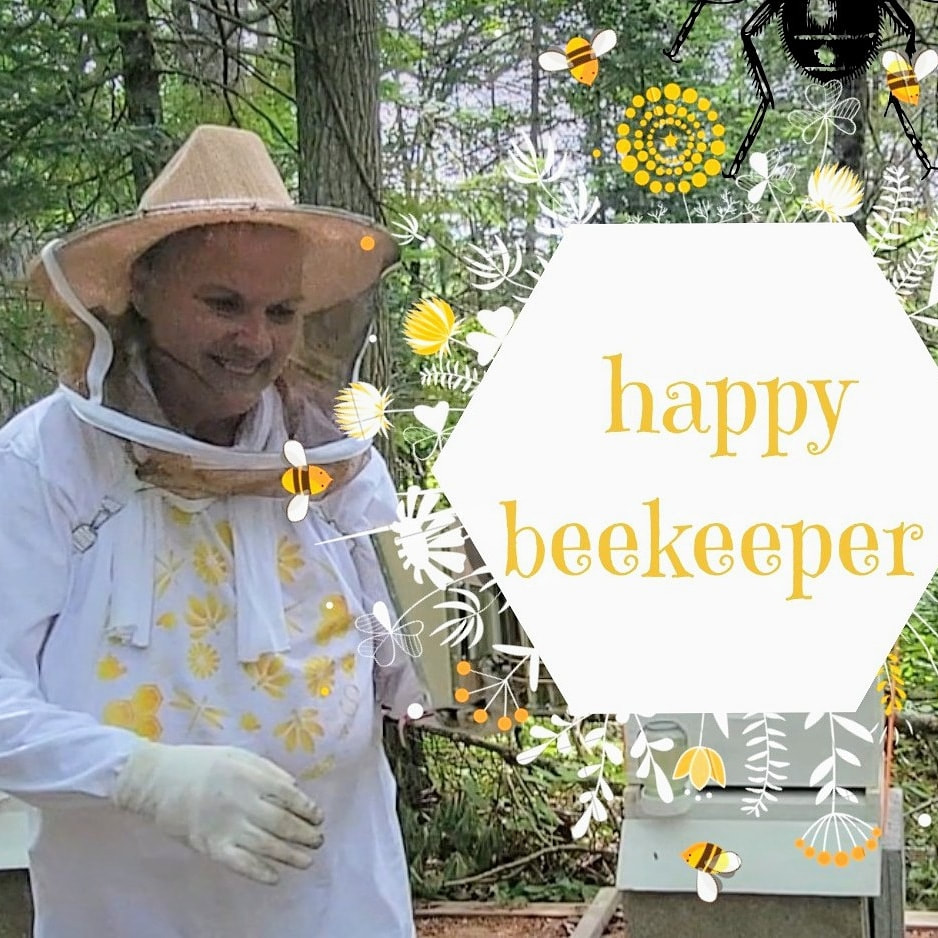
 RSS Feed
RSS Feed